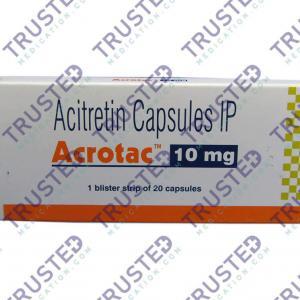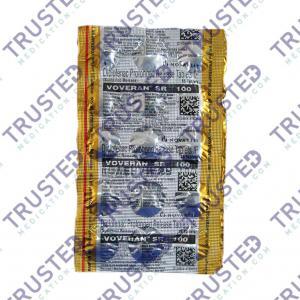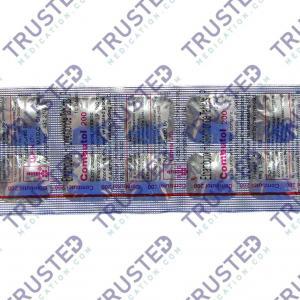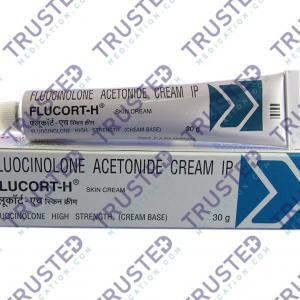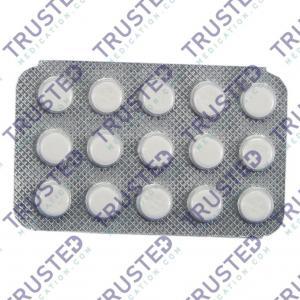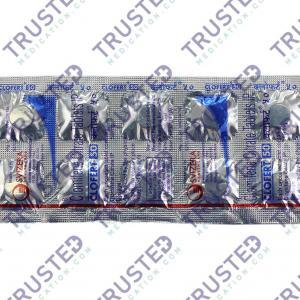
Exfoliative dermatitis, also known as erythroderma, is a generalized redness and scaling of the skin that begins in patches and spreads. The skin then peels off, thus leading to problems with fluid and protein loss, temperature regulations, and increased metabolic rate.
It often affects large areas of the body and can be accompanied by itching, burning, and pain. The condition can be acute or chronic and may develop gradually or suddenly.
What Causes Exfoliative Dermatitis?
Exfoliative dermatitis occurs as a reaction to triggers, medications, or an underlying health condition. Thus, causing the skin cells to become red and scaly and eventually die and shed too quickly.
- Underlying Health Conditions: You are likely to develop this condition if you have the following:
- Eczema
- Psoriasis
- Seborrheic dermatitis
- Medication reaction: Certain medications can trigger an allergic reaction, leading to this condition. This includes:
- Antibiotics
- Blood pressure medications
- Certain NSAIDs
- Barbiturates
- Anti-seizure medications
- Topical medications
- Proton pump inhibitors
- Other causes: This includes autoimmune diseases such as lupus, and cancer like lymphoma.
What are the Symptoms of Exfoliative Dermatitis?
Exfoliative dermatitis is characterized by the following symptoms:
- Widespread redness and peeling of the skin
- Skin sloughing, leading to significant skin loss
- Itching, burning, or pain in the affected areas
- Swelling in the arms and legs
- Unpleasant odor
- Fast heart rate
- Dehydration and malnutrition due to loss of skin proteins
What’s the Difference between Exfoliative Dermatitis and Dermatitis?
Exfoliative dermatitis happens as a consequence of other skin conditions. It affects a larger area of the body and can lead to significant skin damage and loss. It could be associated with the following conditions:
· Psoriasis
· Atopic dermatitis
· Cancer
· Pityriasis rubra pilaris, or another skin disorder
Certain malignancies, such as lymphoma, can cause exfoliative dermatitis.
What are the Complications of Exfoliative Dermatitis?
Exfoliative dermatitis can lead to several complications, including:
- Infection: The widespread skin damage and loss can make the body more susceptible to bacterial and fungal infections.
- Low blood volume: Due to loss of fluid.
- Dehydration: The loss of skin proteins can lead to dehydration, which can be life-threatening if left untreated.
- Malnutrition: The loss of skin proteins can also lead to malnutrition, as the skin plays a crucial role in the body’s nutrient absorption.
What are the Triggers of Exfoliative Dermatitis?
Exfoliative dermatitis can be triggered by various factors, including:
- Allergic reaction to medication
- Underlying skin conditions
- Cancer
- Stress
- Environmental factors, such as extreme temperatures or chemicals
How is Exfoliative Dermatitis Treated?
Treatment options may include:
1. Topical treatments: Emollients, corticosteroids, and moisturizers can help soothe and hydrate the skin.
2. Systemic medications: Oral corticosteroids, immunosuppressants, or antihistamines may be prescribed for severe cases.
3. Phototherapy: Light therapy using UVB or UVA radiation may help reduce inflammation and improve symptoms.
4. Identifying and avoiding triggers: Avoiding triggers such as certain medications or allergens can help prevent flare-ups.
How to Prevent Exfoliative Dermatitis?
Preventing this condition involves identifying and avoiding triggers. This may include:
- Avoiding medications that may cause an allergic reaction
- Managing underlying skin conditions
- Reducing stress
- Avoiding environmental factors that may trigger the condition
Exfoliative dermatitis is a severe skin condition characterized by widespread scaling and shedding of the skin. While it can be challenging to manage, understanding the causes, symptoms, and differences from other forms of dermatitis, complications, triggers, treatment options, and preventive measures can help individuals effectively cope with this condition and improve their quality of life.

